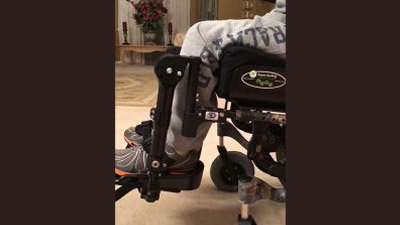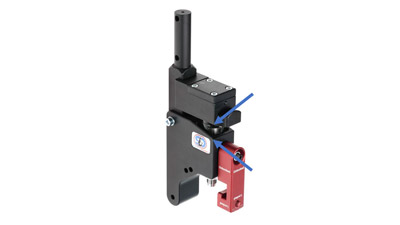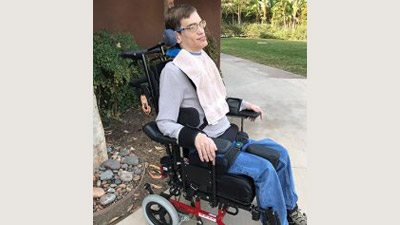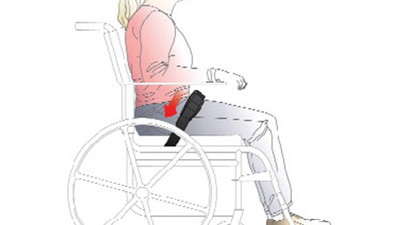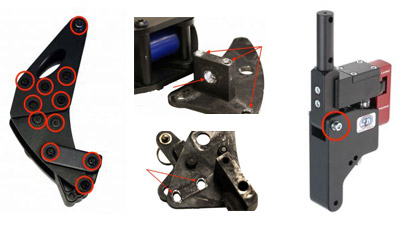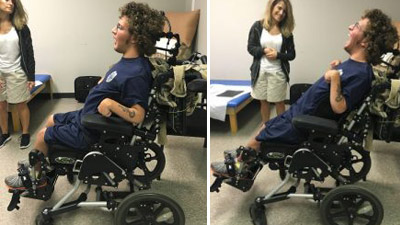Change Can Be Good! An Interview with Cary Yarbrough of Action Seating and Mobility
Cary Yarbrough, ATP, works with Action Seating and Mobility in Sherwood, AK. He has been working with dynamic seating for many years, having mainly recommended the Kids Rock wheelchair in the past. When this was discontinued, he set out to find other options. Cary’s number one goal at the 2017 International Seating Symposium was to find Dynamic Seating – and he did at the Seating Dynamics booth.
FAQ: Can Dynamic Seating Be Used on any Wheelchair?
Did you know that Seating Dynamics has a very comprehensive list of Frequently Asked Questions? You can find this list by ‘hovering’ over the Dynamic Seating tab on our website. One of our FAQs is “Can dynamic seating be used on any wheelchair?”
How Much is too Much? Choosing Resistance.
The Dynamic Rocker Back Interface (DRBi) moves in response to client force as two elastomers are compressed. The energy stored in the elastomers helps the client to return to an upright starting position. These elastomers can be switched to change the level of resistance.
Bread and Butter: Dynamic Backs and Pelvic Positioning Belts
Michelle Lange discusses why it is critical to use a pelvic positioning belt with a Dynamic Back and how to address objections in a restraint-free environment.
Rhiannon
Taylor’s Mom Colorado Springs, CO “Taylor received the dynamic back and we absolutely love it! It works so well with…
Will my client break the Dynamic Seating?
Dynamic Seating is often used to prevent equipment breakage, specifically the wheelchair frame and seating system. The Dynamic components absorb strong, repeated, sudden, and/or sustained forces, hence protecting vulnerable areas of the seating and mobility base. This was addressed in two prior Blogs (Dynamic Seating to Prevent Equipment Breakage, part 1 and part 2). But what about the Dynamic Components themselves? Just how durable are these?
Modular Dynamic Seating Components Vs. Integrated Dynamic Seating Systems
Modular components can be retrofitted to a mobility base and used individually or in combination with one another. Let’s take a look at Spencer’s transition from an Integrated system to Modular components.


